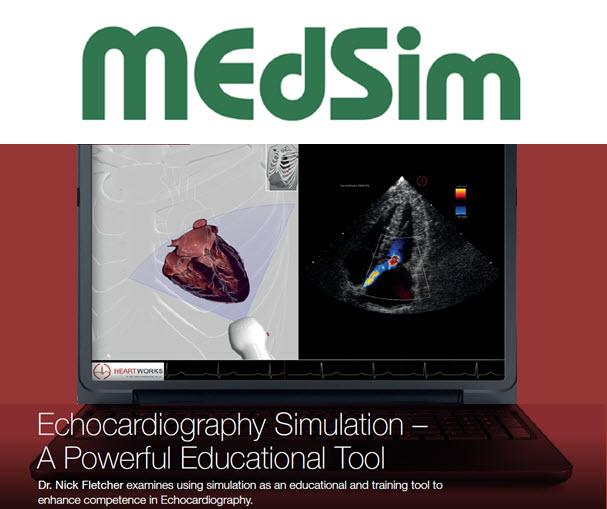Echocardiography Simulation – A Powerful Educational Tool
Physician use of echocardiography in intensive care, anesthesiology, acute and emergency medicine is becoming more widespread and is recognized to be one of the key development areas for the upcoming generation of clinicians. In addition to point of care diagnosis, echocardiography can guide interventions and is complementary to many of the existing forms of monitoring. More affordable, compact and portable echocardiography machines with good quality transthoracic (TTE) and transesophageal (TEE) probes are now available.
Many of the technological barriers to adoption have therefore been lifted; however the problem of physician education remains an issue. Echocardiography is a technical skill with a significant knowledge base. For an individual to gain competence even in basic focused echocardiography will take six months.
Accelerating and enhancing traditional teaching through simulation
Those with the ambition to educate trainees to gain this competence are trying to work out how to achieve this within a time limited and constantly expanding medical curriculum. The manpower, expense and time required for supervision and training is considerable. Echocardiography simulation as a means to accelerate and enhance traditional clinical teaching is therefore an appealing prospect.This article published in MedSim magazine (Volume 4, Issue 1 2015) will look at how this might be achieved and discuss some of the concepts involved.

A recent study has gone further and demonstrated that in the same context, the HeartWorks simulator is superior to in-theatre clinical echocardiography teaching for the acquisition of basic TEE knowledge.